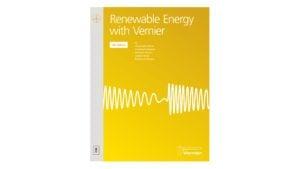
Introduction
Energy is involved in everything that happens, from the tiniest insect moving one antenna to a massive eruption of a volcano that spreads ash around the globe. Energy is constantly being transferred and transformed. If you use a microwave oven to heat your food, electromagnetic energy is transferred into the food and transformed into thermal energy. When you eat the food, your body turns the chemical energy in the food into a different form of chemical energy. If you kick a ball, you transfer some of the energy from your body into the ball.
There are two broad categories of energy: potential and kinetic. Potential energy is energy that is stored. Forms of potential energy include chemical, gravitational, elastic, and nuclear. Kinetic energy is the energy of motion. Electrical, radiant, thermal, and sound energy are all examples of kinetic energy.
Objectives
- Identify the units that are used to measure energy.
- Determine the energy content of fuels by mass.
Sensors and Equipment
This experiment features the following sensors and equipment. Additional equipment may be required.
Option 2

Ready to Experiment?
Ask an Expert
Get answers to your questions about how to teach this experiment with our support team.
- Call toll-free: 888-837-6437
- Chat with Us
- Email support@vernier.com
Purchase the Lab Book
This experiment is #2 of Renewable Energy with Vernier. The experiment in the book includes student instructions as well as instructor information for set up, helpful hints, and sample graphs and data.


